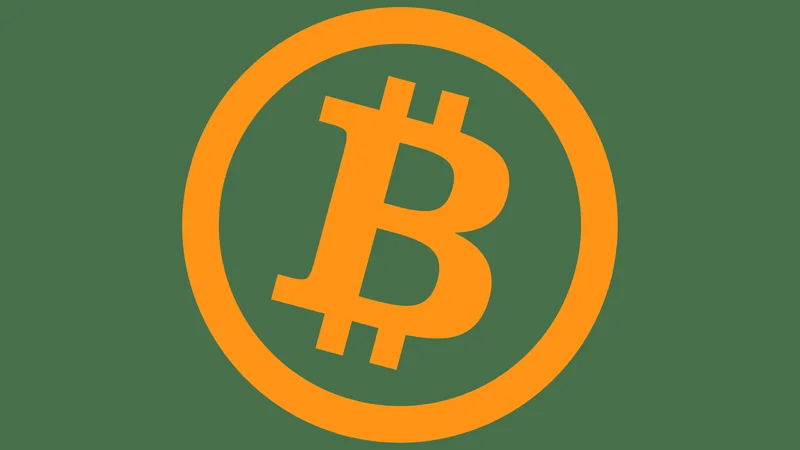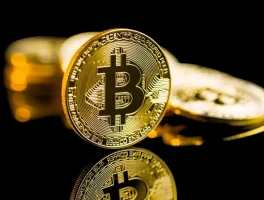Of course. Here is the feature article written in the persona of Dr. Aris Thorne.
*
You can feel it in the air, can’t you? That electric hum of a paradigm shifting. The `bitcoin price` chart is screaming past $123,000, and the usual chorus is already warming up their voices to sing the familiar song of “bubble.” They see the numbers, the breathless headlines, and they mistake the signal for the noise.
But I’m telling you, what we are witnessing right now isn’t just another bull run. It’s not a speculative frenzy destined to pop and fade into memory. This is something far more profound. We are in the midst of a Great Recalibration—a fundamental, tectonic shift in how the world understands and assigns value. This surge isn’t about a digital token getting more expensive; it’s about our legacy systems of trust becoming cheaper by the day.
Look closer. The story isn’t the `bitcoin price usd`, it’s the why behind it. It’s the quiet, deliberate, and earth-shaking movement of institutional capital finally waking up to a new reality.
The Engine Room of a New Economy
For years, the crypto world felt like a frontier town. It was exciting, full of pioneers and prospectors, but the roads leading to it were bumpy dirt tracks. Getting serious capital into the system was a clunky, high-friction process. The recent launch and staggering success of spot `bitcoin etf` products have changed everything. They are not just new investment vehicles; they are the industrial-grade superhighways that have just been paved directly into the heart of that frontier town.
The numbers are simply staggering. Last week, these ETFs saw a net inflow of $3.2 billion, leading to headlines like Bitcoin ETFs kickstart ‘Uptober’ with $3.2B in second-best week on record. Let that sink in. When I first saw that data, I honestly just sat back in my chair, speechless. This isn't a handful of tech enthusiasts buying a few coins. This is the sound of the global financial engine redirecting a portion of its massive power into a new, decentralized grid. At this rate, as some analysts point out, these funds could absorb more than double the amount of newly mined Bitcoin in the next quarter alone.

This is the "debasement trade" playing out in real-time. That’s a fancy term, but let’s break it down—in simpler terms, it’s a global search for shelter. When traditional systems show cracks, like a U.S. government shutdown, smart money doesn't just sit and wait. It flows toward assets that can’t be arbitrarily printed or politically manipulated. For decades, that meant a rush to the `gold price`. Today, a significant portion of that capital is flowing into an asset secured by mathematics.
What does it mean when the most conservative, risk-averse institutions in the world start treating a decentralized digital asset as a legitimate safe haven? Are we witnessing the precise moment that the definition of a "reserve asset" is being rewritten for the 21st century?
The Architecture of High-Octane Trust
Of course, with maturity comes complexity. And right now, the pace of financial innovation being built on top of assets like Bitcoin and `Ethereum` is just breathtaking. We’re seeing proposals where Defiance Proposes 3X Leveraged Exposure on Bitcoin, Ethereum Funds and Crypto Stocks—a move that has prompted even seasoned analysts like Bloomberg’s James Seyffart to quip, “Things are getting wild.”
The skeptics see this and shout “casino!” They warn, correctly, that these are “extremely risky funds designed for the most aggressive short-term traders.” And they aren’t wrong about the risk. But they are missing the bigger picture. This is what the evolution of a new asset class looks like. It reminds me of the early, chaotic days of the stock market. First came the stocks themselves, then came the indexes, then came the options, futures, and complex derivatives that allowed for sophisticated hedging and speculation.
This explosion of new financial tooling isn't a sign of frivolity; it’s a sign that the market is building a complete, robust architecture around this new store of value—and the speed of this financialization is just staggering, it means the gap between crypto being a niche asset and a fully integrated pillar of the global financial system is closing faster than anyone predicted. These instruments, for all their risk, are the girders and wiring of a much larger structure. They allow for price discovery, risk transfer, and liquidity in ways that a simple spot market never could.
But this is also where we must inject a moment of caution. This is our moment of ethical consideration. As the architects and early adopters of this new world, we have a profound responsibility. These powerful tools demand education and guardrails. Our goal shouldn't be to build a wilder casino, but to construct a more transparent, accessible, and resilient financial system for everyone. The question for us is no longer if this system will be built, but how we will build it with wisdom and foresight.
The Trust Revolution Is Here
Forget the daily chart for a moment and zoom out. This isn’t about the price of Bitcoin; it's about the price of trust. The inflows, the complex financial products, the institutional embrace—they are all symptoms of a world desperately seeking an anchor in a sea of uncertainty. We are witnessing a quiet revolution, a global migration of trust from decaying centralized institutions to transparent, verifiable code. This isn't a bubble. It's a homecoming.

